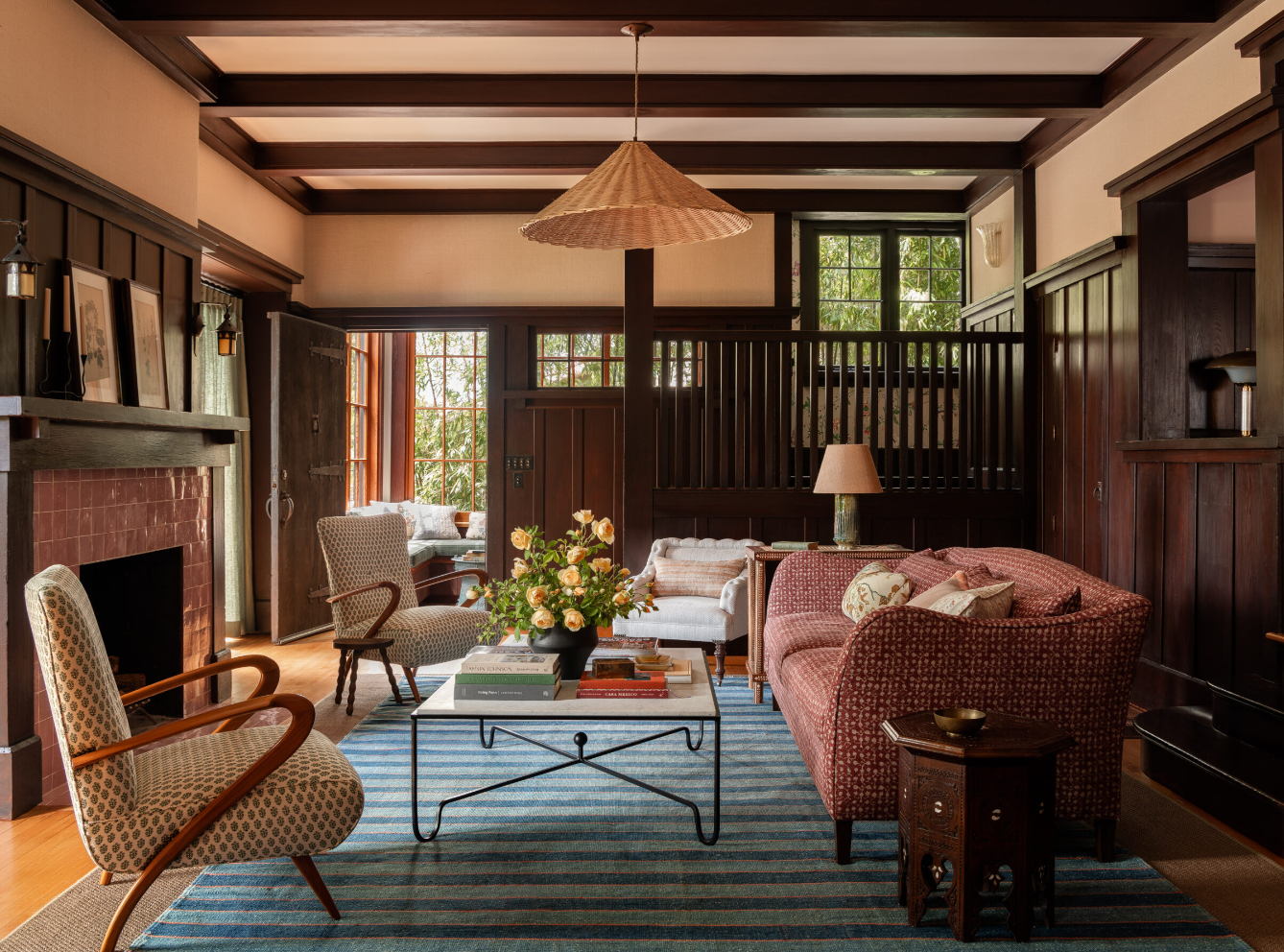JOURNAL · 001
creating a
LAYERED SPACE
For me, the most inspiring spaces are those filled with a variety of elements, that appear to seamlessly come together, while still having contrast. Your eyes scan the room, taking in different materials, shapes, textures, and time periods. Over the last few years, layered spaces have become increasingly popular in the design world, my home included. The days of needing to have a matching furniture sets have passed to some degree (it can still work for some spaces!).
No longer are we opting to buy a bed frame, with a matching dresser and nightstand, or a coffee table, with two matching side tables. While this shift creates an opportunity for more visual interest in spaces, it can make decorating your home a little, or possibly a lot, more challenging. There are no hard and fast rules to creating a layered space, but there are a few strategies I like to use. I’m going to discuss a few in this post, to help get you started. I’ll save a few for future posts - think of this as a starting point.
MIXED MATERIALS | I like to start with the main furniture pieces for mixing materials, as they tend to have the largest impact. Try to incorporate a minimum of 3 different materials for furniture pieces. Materials to consider include upholstery, wood, metal, faux or natural stone, and bamboo or rattan. From there, you can move on to rugs, decor, and lighting. For example, rather than choosing a sofa and armchair both upholstered in the same material, you could something different for each. You could opt for a glass and metal coffee table, with a wood side table.
HORIZONTALLY + VERTICALLY | Layer pieces, both furniture and decor, vertically and horizontally. For example, a console table with a stack of books placed horizontally, with a bowl on top. You can even place stools or baskets underneath the console table for some vertical layers. Layer artwork, with one piece leaning in front of another. Basically, layer things up, down, in front, and behind other pieces.
CREATE CONTRAST WITH TEXTURE, PATTERN, & SHAPE | Choose pieces that have different textures, patterns, and shapes. If you have throw pillows, select a different fabric for each, with a varying texture. If you use pattern in the space, consider a variety, such as a stripe, a floral, and a basic repeat. Consider the shapes of the furniture pieces. Square, rectangular, circular, or curved. I love the look of a square coffee table with a round side table.
There’s no shortage of inspiring layered spaces. Turn to Heidi Caillier Design or Amber Interiors to name a few.
Get The Look








